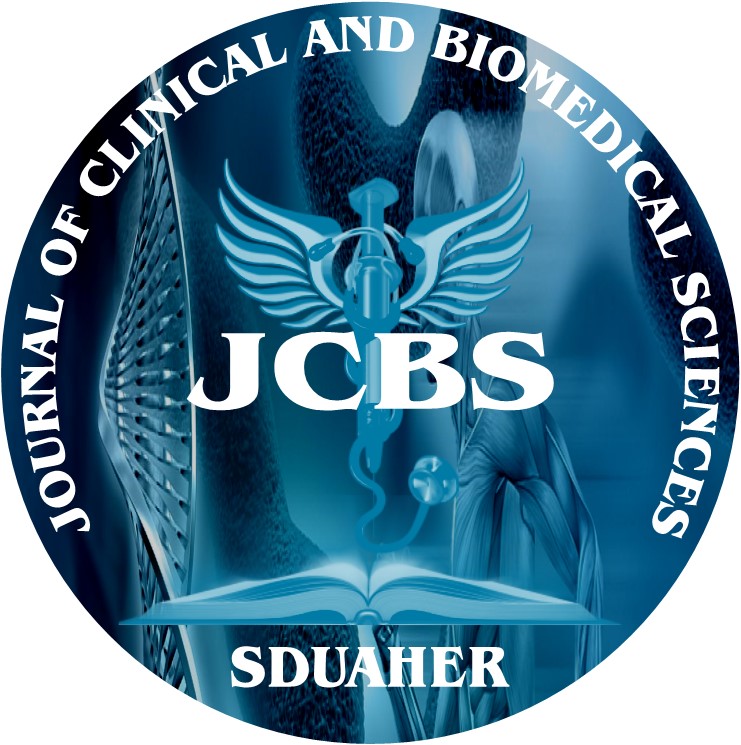


Journal of Clinical and Biomedical Sciences
Year: 2023, Volume: 13, Issue: 4, Pages: 102-107
Review Article
Shiji Ebin1, Haridass Sarulatha2*
1BPT Intern, Dept of Physiotherapy, Sri Devaraj Urs Academy of Higher Education and Research, Kolar, Karnataka
2Prof, Dept of Physiotherapy, Sri Devaraj Urs Academy of Higher Education and Research, Kolar, Karnataka
*Corresponding Author
Email: [email protected]
Received Date:06 April 2023, Accepted Date:20 June 2023, Published Date:28 December 2023
Ankle sprain reported among 16%-40% of all sports-related injuries and most common frequent lower limb injury among athletes. It is particularly prevalent in soccer, American football, and basketball. The most commonly injured ligament is the lateral ligaments especially anterior talofibular ligament and quite a large percentage of patients report persistent symptoms and experience recurrent injuries. To prevent injuries and instability around ankle joint, various interventions evidenced are immobilization, cryotherapy, compression, elevation, analgesics, bracing, foot orthosis, exercises, electrophysical methods, and surgical interventions. Among these therapies physical exercises and splints are highly recommended across levels of rehabilitation. PubMed was used for literature search and articles on randomized control trail, systematic reviews and meta-analysis between 2017 to 2022 were included. Articles on advanced physiotherapy management for ankle injuries were included. Results from reviewing 6 RCT reported progressive exercises training significantly improved flexibility, strength, endurance, agility and balance in the ankle complex. Exercise techniques targeting the ligaments, muscle and structures around ankle joint based on the clinical presentation can lead to improved ankle joint performance in individuals diagnosed with ankle instability.
Keywords: Ankle injury, Ankle sprain, Exercise, Instablity
This is an open-access article distributed under the terms of the Creative Commons Attribution License, which permits unrestricted use, distribution, and reproduction in any medium, provided the original author and source are credited.
Published By Sri Devaraj Urs Academy of Higher Education, Kolar, Karnataka
Subscribe now for latest articles and news.